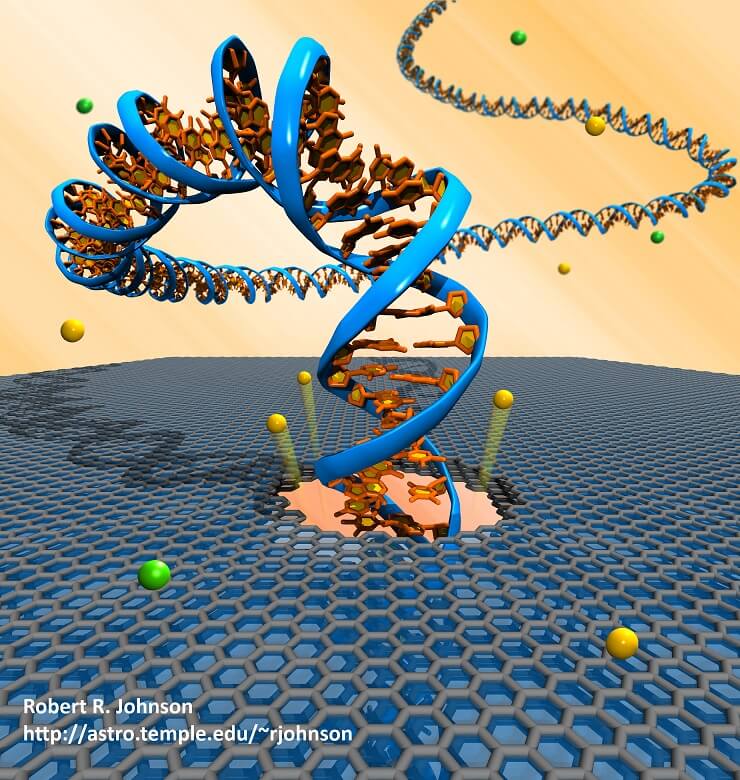MicroRNA molecules begin their lives as long strands of RNA, which are cut by a special cellular "cutting machine" into short, active pieces

In the past, scientists defined all DNA segments that do not code for protein creation as worthless, but it turns out that they are very important. Such are, for example, the sequences from which microRNA molecules are produced - short molecules that are not translated into proteins, but retain a vital role in controlling a variety of vital processes in the cell, through the regulation of the translation of thousands of other proteins. Defects in their activity may cause diseases, such as, among others, diabetes, cancer and bone loss. A detailed understanding of how they work may contribute to the fight against these diseases, and to the development of healing methods based on synthetic microRNA molecules.
MicroRNA molecules begin their lives as long strands of RNA, which are cut using a special cellular "cutting machine" into short, active pieces. The problem is that the cutting machine may make a mistake and also cut other forms of RNA, such as messenger RNA, which sometimes takes a spatial shape similar to that of the "correct molecules". The results of such mis-cutting can be devastating to the cell.
In a study recently published in the scientific journal Nature Structural and Molecular Biology, Dr. Eran Hornstein, Prof. Naama Barkai and the (then) research students Dr. Omer Bared and Dr. Mati Man from the Department of Molecular Genetics focused on the way in which the cutting machine balances two needs Opposites: efficiency and accuracy. "The machine should be efficient, and work in the best possible way," explains Dr. Hornstein. "She must not blindly trust her ability to locate and cut the correct RNA, because she may make mistakes. On the other hand, she mustn't improve accuracy at the expense of efficiency, because then she won't be able to perform her job with the required speed."
In an interdisciplinary study, the scientists created a mathematical model that characterizes the cutting machine, and then tested it in experiments with living cells. The hypothesis was that the machine maintains efficiency alongside accuracy through a feedback loop: the machine recognizes the amount of molecules it is required to cut, and accordingly the number of copies of the machine in the cell is defined. Experiments performed on human and mouse tissues showed that the activity of the cutting machine is indeed coordinated with the level of the molecules that must be cut: the number of copies of the machine increases when the amount of raw material to be treated increases, and stops when their level decreases. This coordination reduces the chance of cutting the wrong molecules.
The research findings may help in efforts to optimize the production of synthetic microRNA molecules, for the treatment of diseases. In addition, the insights obtained by the scientists on the mechanisms of the balance between efficiency and accuracy may be applied to other biological systems where similar considerations are required (such as, for example, in DNA repair systems), as well as in non-biological systems.
For the scientific article - http://www.nature.com/nsmb/journal/v19/n6/abs/nsmb.2293.html

5 תגובות
Tell me, do you have any doubt about it?
An article that is interesting and fun
According to the thousands of sentences in science articles such as "to treat diseases" or the like……………….
It seems that in a few years he will receive a Nobel Prize for discovering the existence of a disease………………..
Stunning
R has an A
It cannot be pronounced without A
Very nice, just the illustration could be of all kinds of things, but it is doubtful if it is of RNA (of any kind). This is because RNA does not have a reverse strand, and if it folds then it folds on itself in ways that may create all kinds of arms and loops.